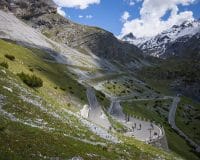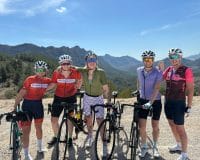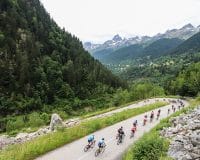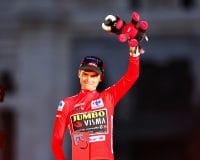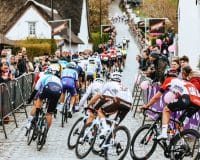You’ve booked your flight, you’ve found your hotel, you have your entry, you may have even done a little training. The high point of your cycling year is fast approaching, and making the most of your sportive experience is paramount in your mind. Whether or not you’ve attained the pinnacle of physical fitness you imagined yourself reaching when you were planning this trip, there are a whole host of things you can do that will make a huge difference to your ride. Here are fifteen Sportive Hacks from our experts to get you through…

1. Get your bike serviced early
Take your bike in about a month before the sportive so you have time to get used to it riding perfectly. Tell your mechanics about the event you are riding so they can suggest any setup changes. Give any position changes a fair crack of the whip – it’s unusual to like an adjustment when it’s first made. Have a look at your shoes and replace the cleats if they are showing signs of wear.
2. Ride a local sportive as preparation
In the weeks and months leading up to your big event, use a local sportive as a stepping stone to the main challenge. Test your nutrition strategy and use this to help you set goals and pacing, particularly on longer climbs. Knowing that the distance is within your capabilities will give your confidence a huge boost.
3. Choose the right clothing options
Research the route, start-time, and terrain of your ride. Most sportives start early in the morning and the majority of big European events have at least one long descent. Armwarmers are a good minimal option and easily removable after a cold start. In the mountains the weather can change quickly, so a super-lightweight waterproof jacket is useful and helps take the chill off the wind on long downhills. Sleeveless gilets are a great alternative to keep your core warm and protect you on a cold descent before being returned to a jersey pocket when you’ve warmed up.
4. Get used to your energy brand
Stick to a tried and tested routine for nutrition. Get used to your preferred brand of energy food and bring supplies with you. Put them in your hold luggage to avoid lengthy explanations at airport security. Most feed stations will stock very standard snacks – bananas, sponge cakes, and flapjacks.
5. Buy the best bib shorts you can afford
You get what you pay for with bib shorts, so don’t skimp. You are going to be in the saddle for a long time and this is the main contact point between you and the bike. Try on a few pairs and see what works best for you – shorts made for longer rides have pads that hold their shape longer and have a density designed for comfort over a full day of riding.
6. Get to the airport early
For the big European sportives such as the Etape du Tour, airports get overrun by cyclists checking in their bike boxes. Allow for plenty of time at check-in to take the stress out of this process. You’re not meant to carry air canisters, so take a little pump for back up and plan to pick up a couple of air refills at the other end of the journey.
7. Hydrate when flying
Low humidity in the cabins causes the body to dehydrate quickly. Get a big bottle of water at the airport when you get through security and sip throughout the flight. This is particularly important if you are arriving a couple of days before the ride.
8. Go for an easy one hour ride the day before the sportive
This helps activate your muscles and aerobic system in the physical preparation for your ride. If the ride takes in high altitudes, it is worth experiencing the effect this will have on your body before the event. Don’t worry about truly acclimatising: tests have shown that you need to be here for months before your body actually adapts, this is about understanding and managing your ride in thinner air.
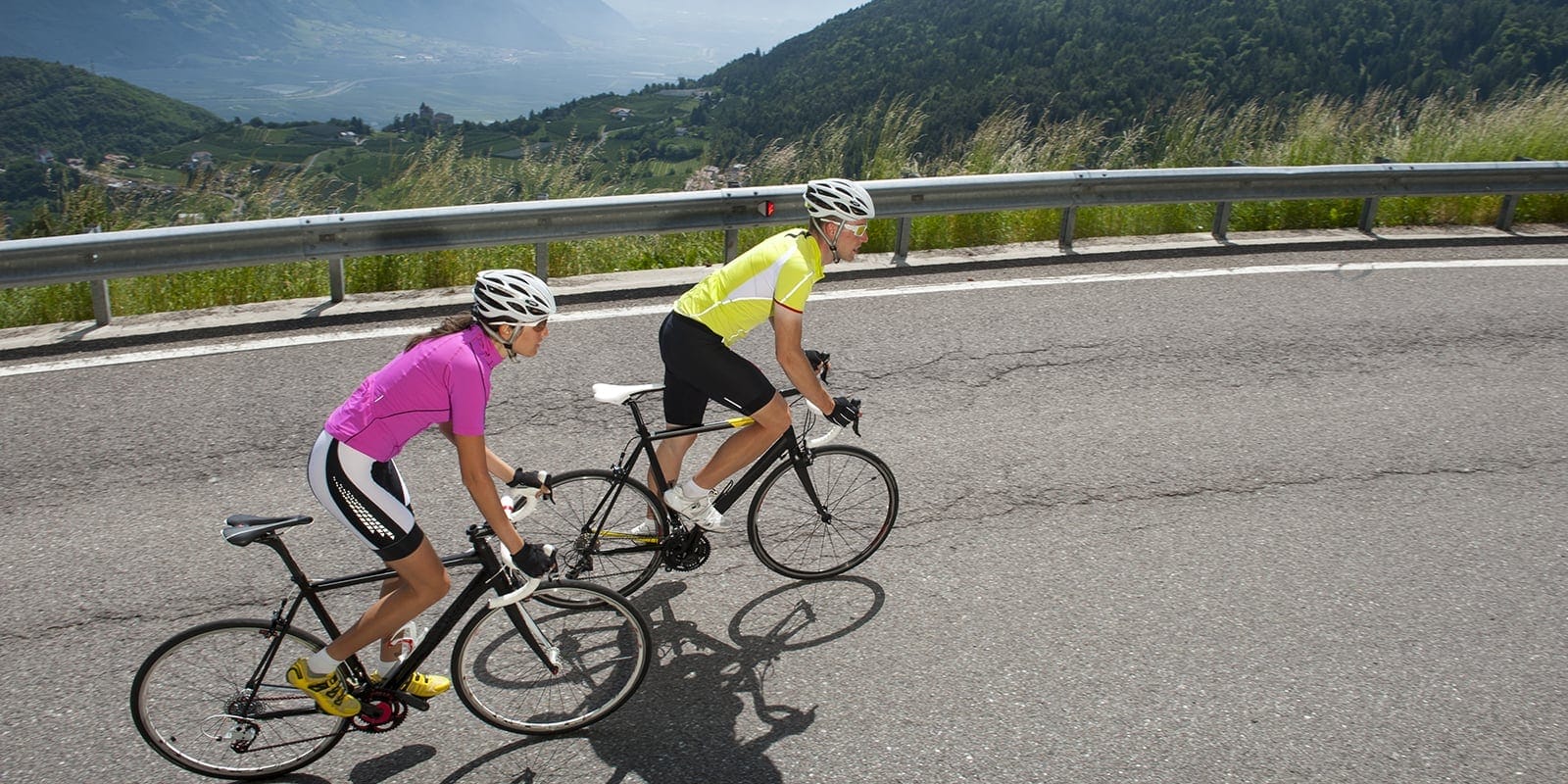
9. Hydrate before the ride
If you don’t start the event hydrated, it’s unlikely that your body will be able to catch up during the ride. Slowly drink about 7ml for each kilo of your body weight in the two hours before the event. That’s a 500ml bottle for an average weight rider.
10. Go for a short ride in the morning of the event
If the event allows, take a quick 10-minute ride to get the body moving and check the bike is ok. Test gear changing right through the cassette and try an emergency stop to make sure the brakes are working. Click in and out of your pedals and trim any loose bits if your cleats are damaged.
11. Get carbohydrate into your system and keep it topped up
Aim to eat breakfast two to three hours before the ride choosing something light on the stomach, high in carbs and familiar to you. Good examples include porridge & scrambled egg on toast. On the ride itself, you should look to get through around 60g of carbohydrate every hour. Good sources of carbs include bananas, flapjacks, cakes or specific energy bars and gels.
12. Ride at a comfortable cadence
Aim to pedal between 85 – 90 rpm. For most terrains, this is a great rule. At cadences of below 80 rpm, you are breaking down muscle and using more energy quicker. Spinning your pedals more quickly in a lower gear uses your aerobic system which expends less energy. Avoid prolonged periods of using a lot of muscle strength.
13. Get in a group and conserve energy
On the flatter sections, you can save 40-50% of your energy by riding in a group. Get in the right bunch and you can both save energy and get ahead of your average speed goals, but don’t get sucked into trying to hang on to a group that is going too fast for you. On the climbs, aerodynamics are less important and it is wiser to find your own steady pace.
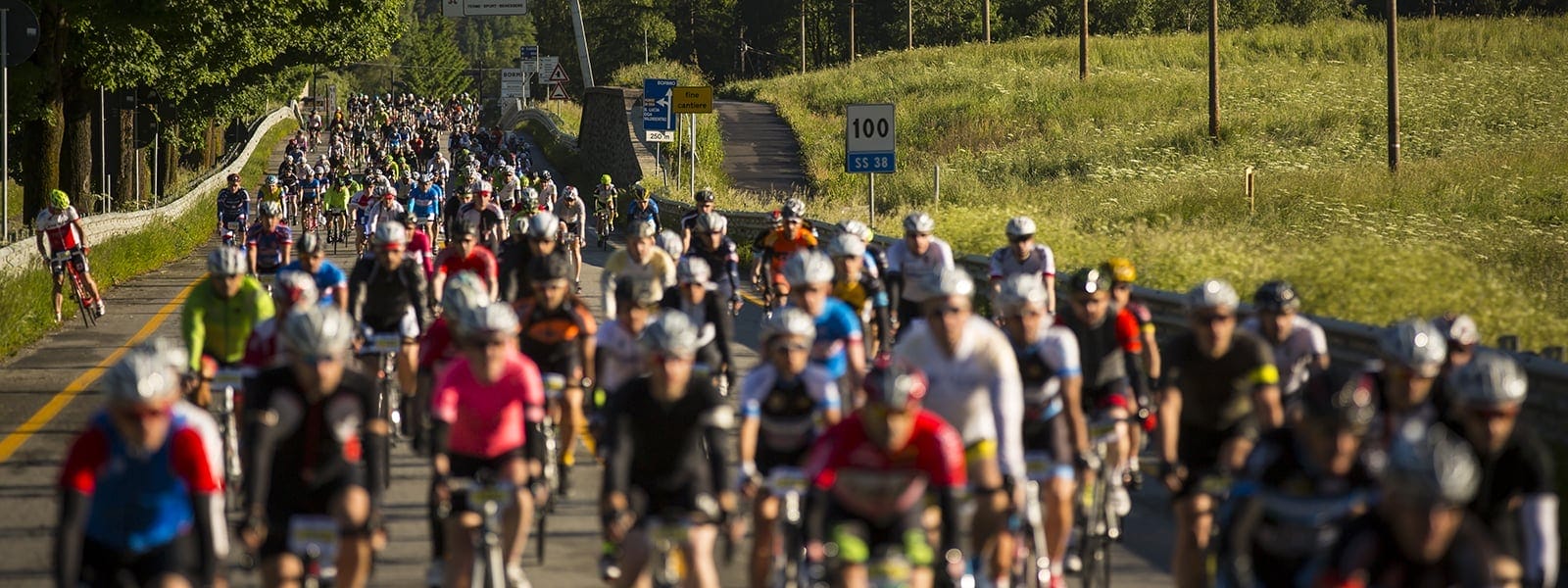
14. Set clear, achievable finish time and average speed goals
Set yourself a realistic goal based on your training, previous sportives and the conditions. Stick religiously to the plan for the first 70% of the event. It’s easy to get overexcited early on and pay the price later. In the last quarter of the ride, you can afford to push harder if you want, as the consequences of blowing up are less severe.
15. Book a hotel close to the finish line
You will put all of your energy into the sportive: you don’t want to then have to drive or, worse still, ride for miles to get back to your hotel. Book somewhere close to the finish line so you can get a shower and a fresh set of clothes after the ride and then celebrate your achievement that evening. Book a table at a restaurant in advance as the town will be extremely busy with hungry cyclists.
Good luck to anyone riding a big sportive soon!
Equipment advice courtesy of Evans Cycles
Nutrition advice courtesy of OTE Sports, award-winning performance nutrition used by professional teams Lotto Jumbo & Cannondale.
Training advice from DigDeep Coaching – leading experts in cycling & triathlon coaching. Check out their 12-week training plans if you are riding a big sportive this year.


